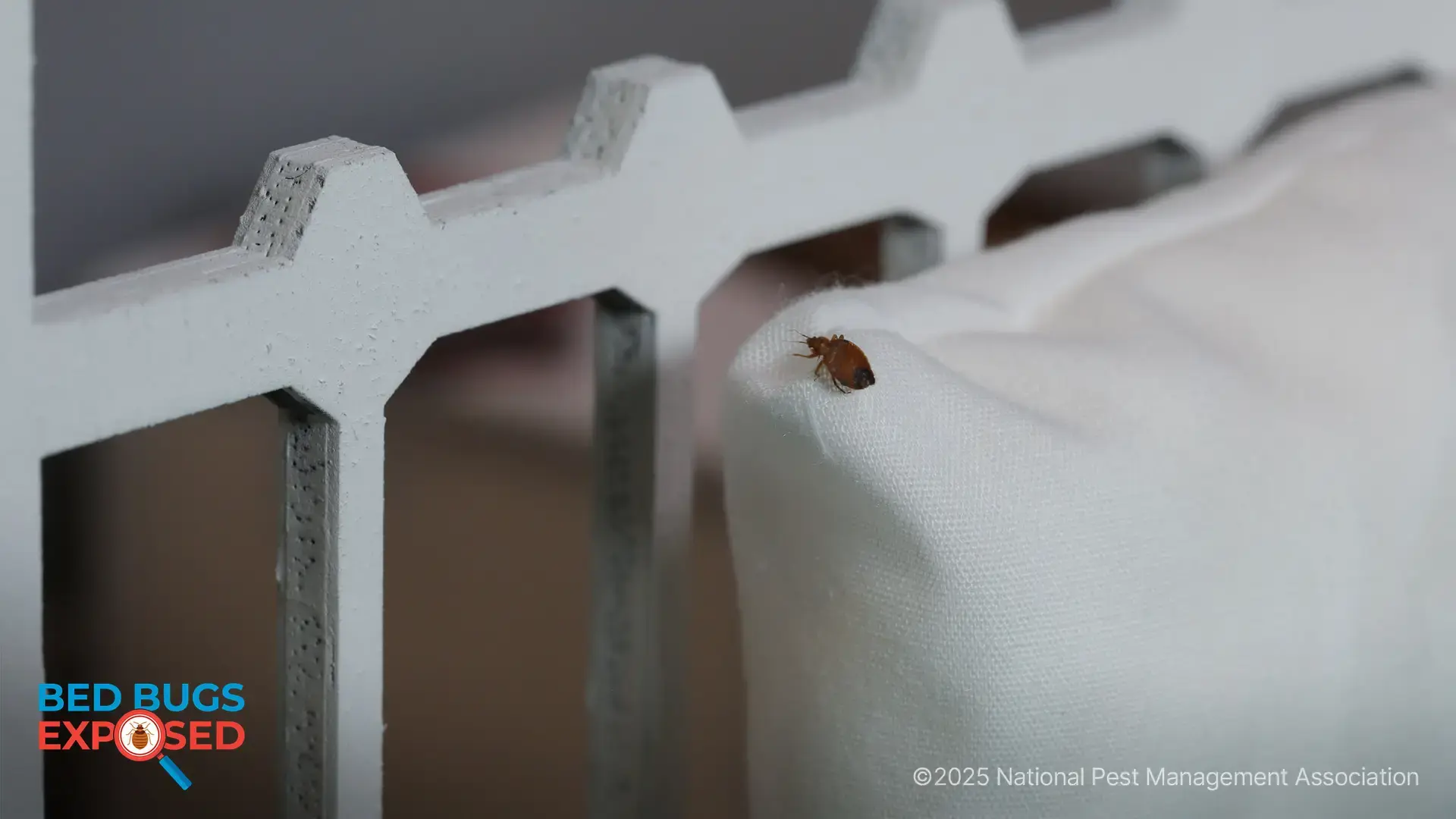Stinging Insects 101: A Lesson in Prevention and Treatment
By NPMA Staff
Stinging insects are most active in the summer and early fall when their nest populations exceed 60,000. Some 500,000 people are sent to the hospital emergency room every year due to stings from insects such as yellow jackets, honeybees, paper wasps, hornets and fire ants.

"Stinging insects pose a major health concern for families around the country, and these are the months when you are at the greatest risk," says Missy Henriksen, vice president of public affairs for NPMA. "It is important to take certain precautions to ensure that you are not their next victim."
Experts at NPMA offer numerous tips for preventing stinging insects and treating stings:
- Hire a trained pest professional to destroy hives and nests around the home.
- Eliminate standing water and other sources of moisture in or around the home.
- Keep trashcans covered and sealed.
- When dining outside, keep food covered until ready to eat.
- If approached by a stinging insect, remain calm and quiet. Avoid swaying or swinging, as this may provoke an attack.
- Avoid wearing dark colors and floral prints, loose-fitting garments, open-toe shoes and sweet-smelling perfumes or colognes.
Henriksen advises, "A licensed pest professional will be able to use an integrated pest management approach around the home to inspect, treat and keep stinging insects at bay while giving homeowners the piece of mind they need to enjoy their backyards while the warmer temperatures stick around."

Learn About Rodents
Rodents invade millions of homes each winter. Learn more about them!

NPMA's Bug Barometer Forecast
The latest Bug Barometer® forecast from the National Pest Management Association reveals what homeowners across America can expect from pest activity this fall and winter.

NPMA's Bed Bugs Exposed Project
Check out NPMA's Bed Bugs Exposed project to learn more about this hitchhiking pest and how to prevent an infestation at home.
Find a PEST PRO in your area

Learn About Rodents
Rodents invade millions of homes each winter. Learn more about them!

NPMA's Bug Barometer Forecast
The latest Bug Barometer® forecast from the National Pest Management Association reveals what homeowners across America can expect from pest activity this fall and winter.

NPMA's Bed Bugs Exposed Project
Check out NPMA's Bed Bugs Exposed project to learn more about this hitchhiking pest and how to prevent an infestation at home.
